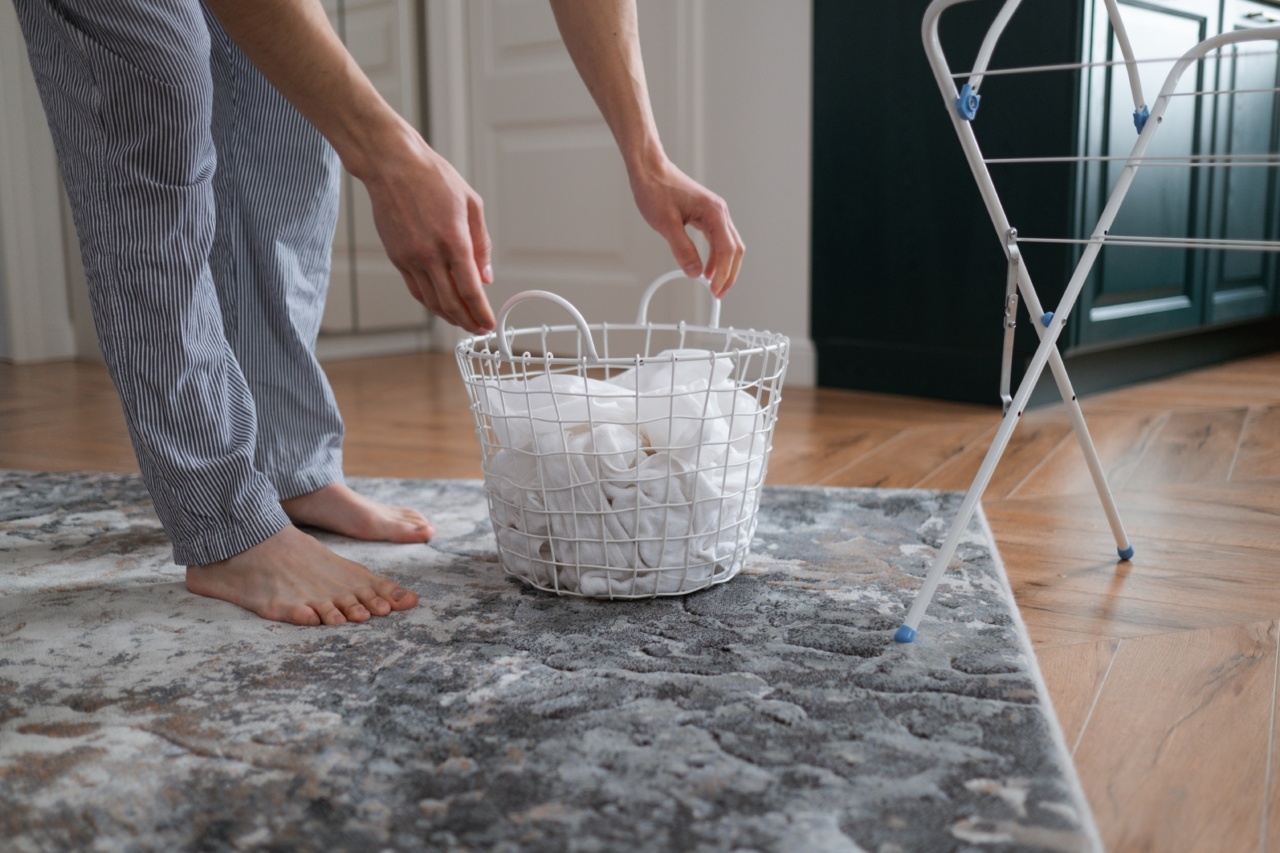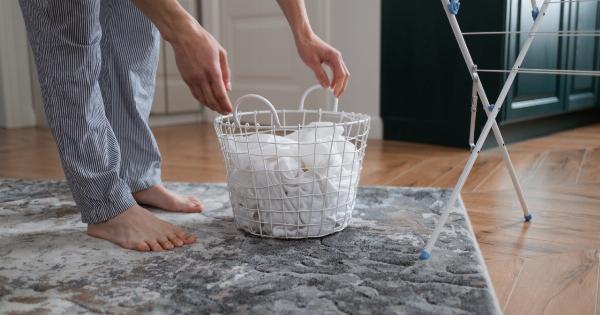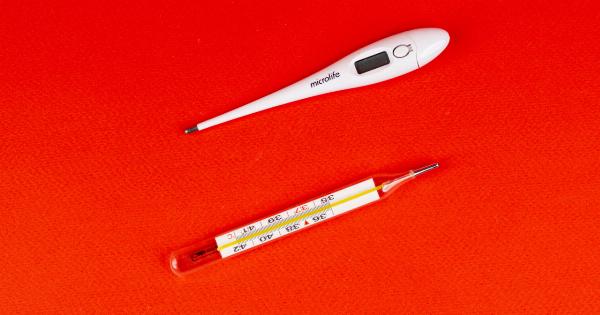When it comes to doing laundry, most of us consider the task to be a mundane and harmless chore. We throw our clothes into the washing machine, give them a good spin, and then hang them up to dry.
However, what many people fail to realize is that indoor clothes drying can actually be an underestimated health hazard. In this article, we will explore the negative effects of drying clothes indoors and shed light on how this seemingly harmless activity can impact our well-being.
The Risks of Indoor Clothes Drying
1. Increased Moisture Levels:.
Indoor drying leads to a significant increase in moisture levels within the house. When clothes dry, they release moisture into the air, creating a high-humidity environment.
Excessive humidity can promote the growth of mold, mildew, and dust mites, which can cause respiratory problems and allergies.
The Impact on Indoor Air Quality
2. Mold and Mildew Growth:.
The damp environment created by indoor clothes drying provides the perfect breeding ground for mold and mildew.
These fungi can release spores into the air, which may trigger allergic reactions and respiratory issues, especially in individuals with asthma or compromised immune systems.
Pros and Cons of Indoor Drying
3. Energy Efficiency:.
One of the main reasons people opt for indoor clothes drying is to save energy. Compared to using a dryer, air drying clothes indoors can significantly reduce electricity consumption.
However, this energy-saving advantage needs to be weighed against the potential health risks associated with indoor drying.
Best Practices for Indoor Clothes Drying
4. Proper Ventilation:.
To minimize the negative impact of indoor clothes drying, it is crucial to ensure adequate ventilation. Opening windows or using exhaust fans can help remove excess moisture and improve indoor air quality.
This prevents the accumulation of mold and mildew and reduces the risk of respiratory issues.
Invest in Drying Equipment
5. Use a Dehumidifier:.
If you frequently dry clothes indoors, investing in a dehumidifier can be a worthwhile option. A dehumidifier helps reduce moisture levels in the air, creating a drier environment that is less conducive to mold and mildew growth.
However, it is essential to maintain and clean the dehumidifier regularly to prevent the growth of harmful bacteria.
Benefits of Outdoor Clothes Drying
6. Natural Sunlight:.
One of the significant advantages of drying clothes outdoors is the exposure to natural sunlight. Sunlight acts as a natural disinfectant, killing bacteria and other microorganisms that may be present on the clothes.
It also helps remove odors, leaving your laundry smelling fresh and clean.
Additional Considerations
7. Community Restrictions:.
While outdoor clothes drying may be the preferred option, certain communities have restrictions that prohibit it.
In such cases, it is important to explore alternative drying methods, ensuring proper ventilation and moisture control to mitigate the health risks associated with indoor drying.
Conclusion
8. Finding a Balance:.
Indoor clothes drying can be a convenient and energy-efficient choice, but the health hazards it poses should not be underestimated.
By adopting proper ventilation techniques, investing in drying equipment, and considering outdoor drying when possible, individuals can strike a balance between energy conservation and maintaining a healthy indoor environment.






























